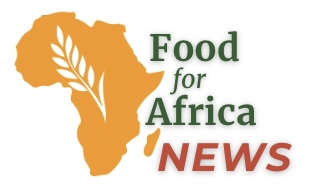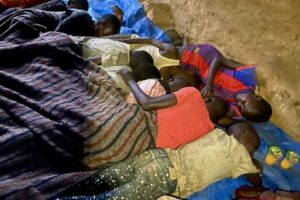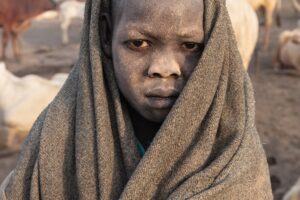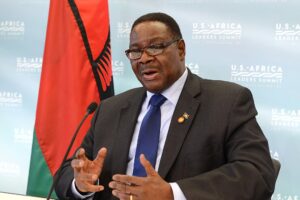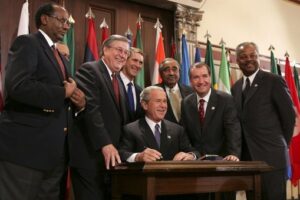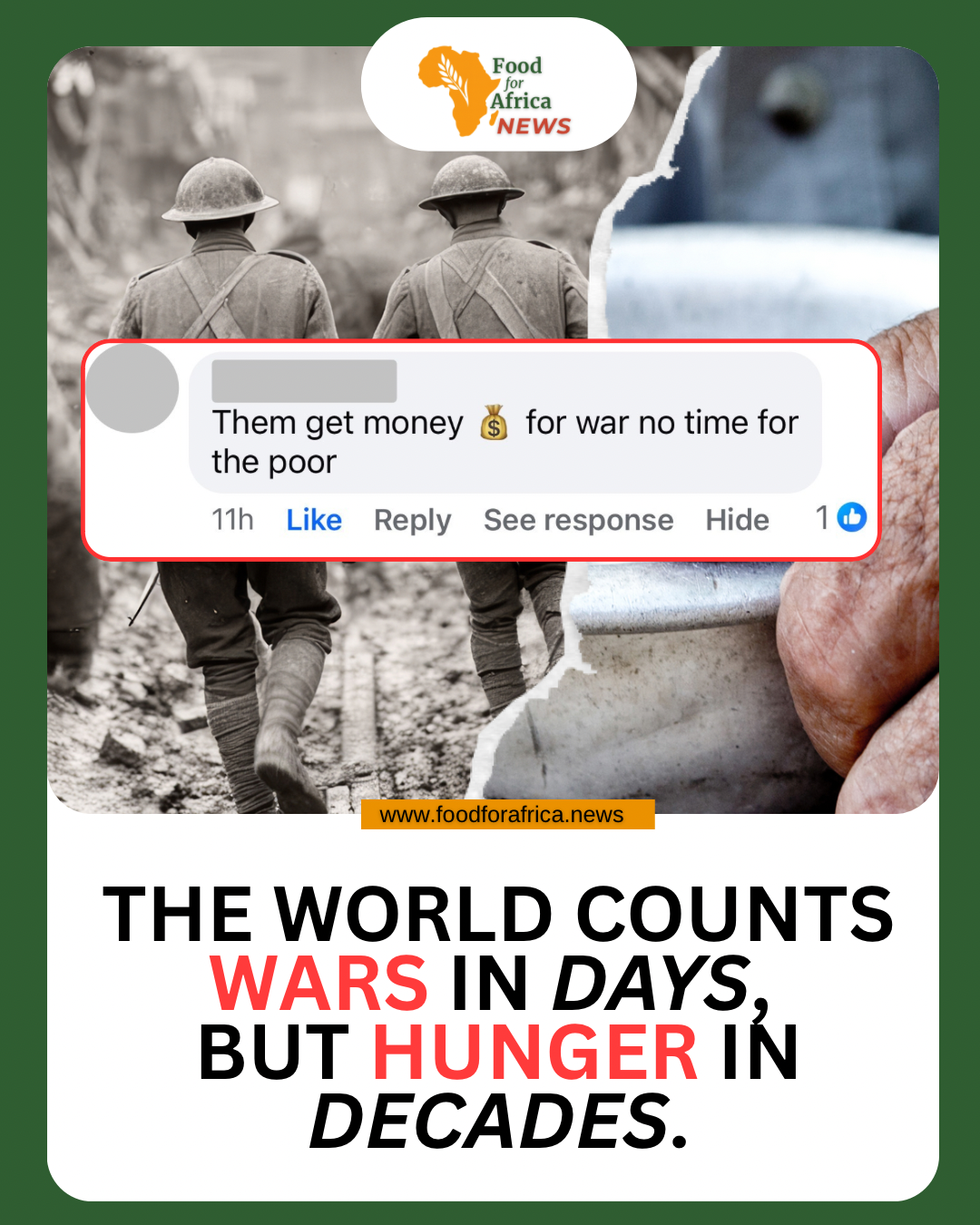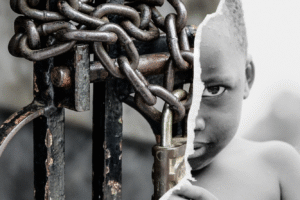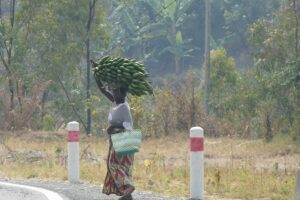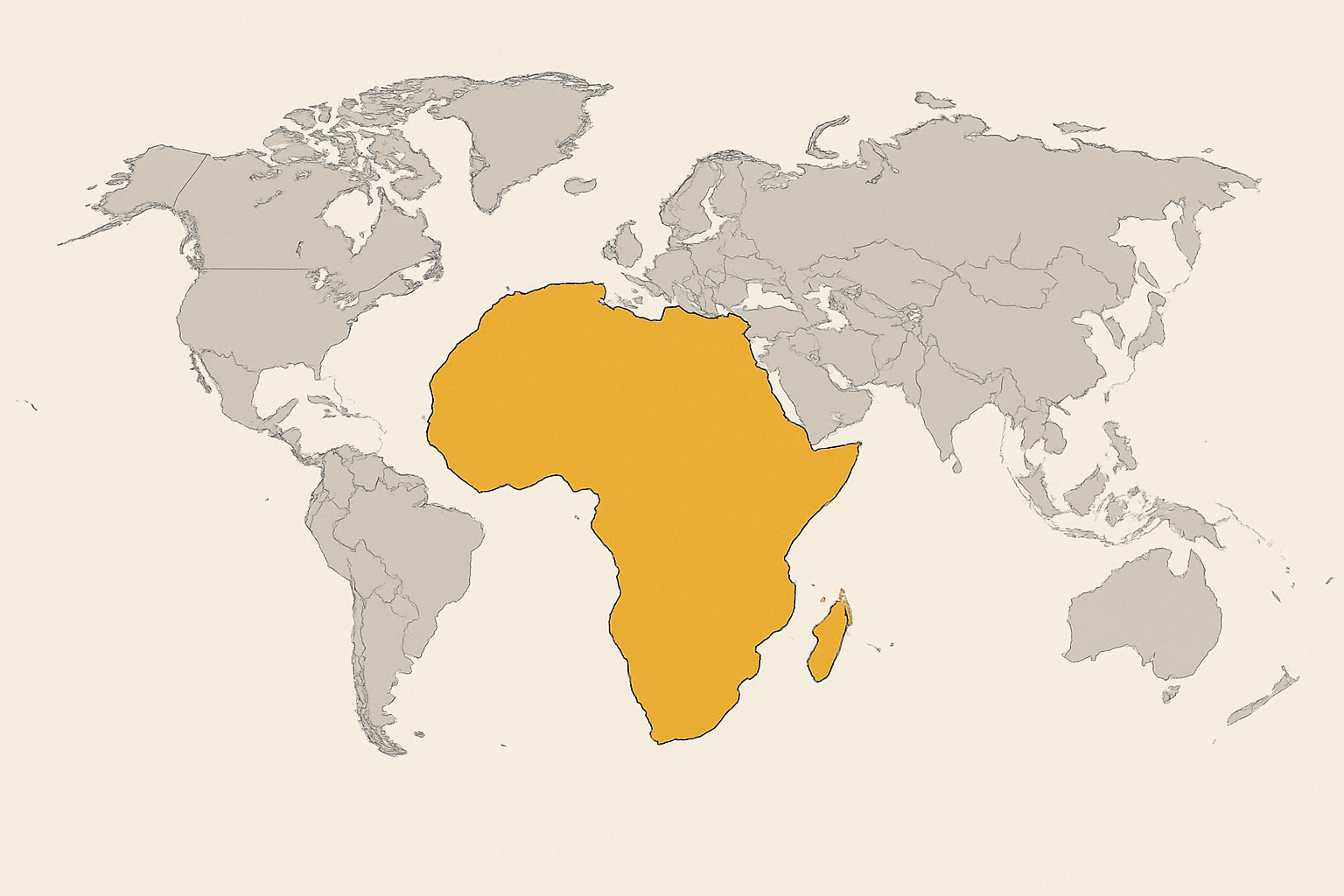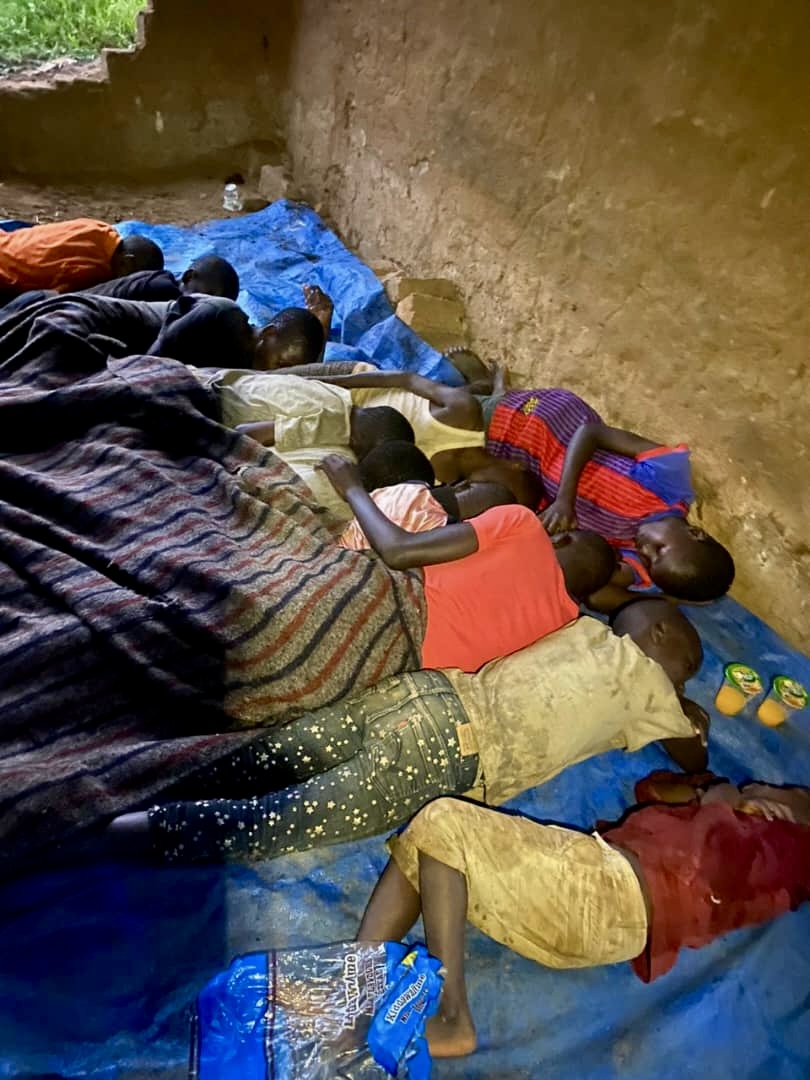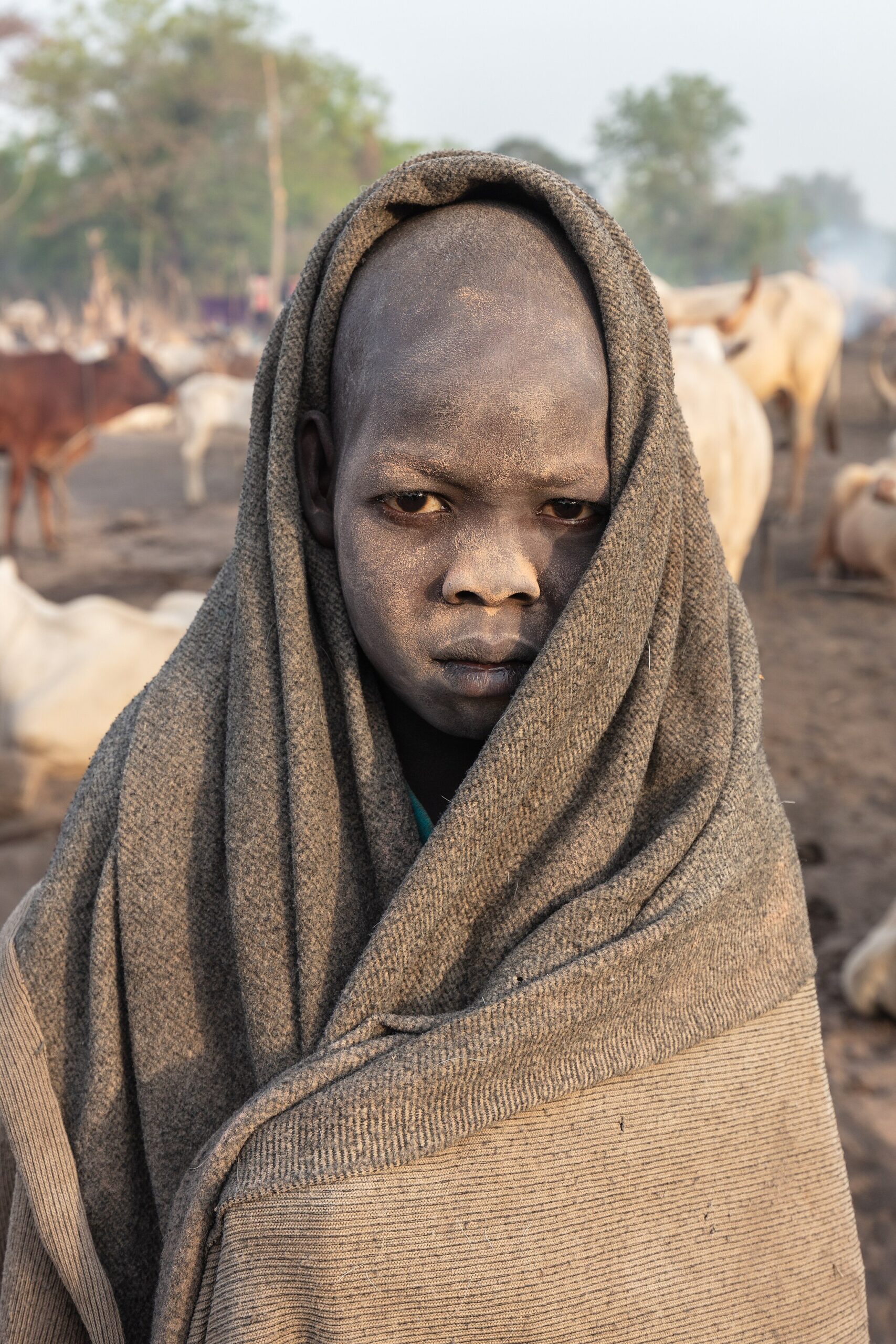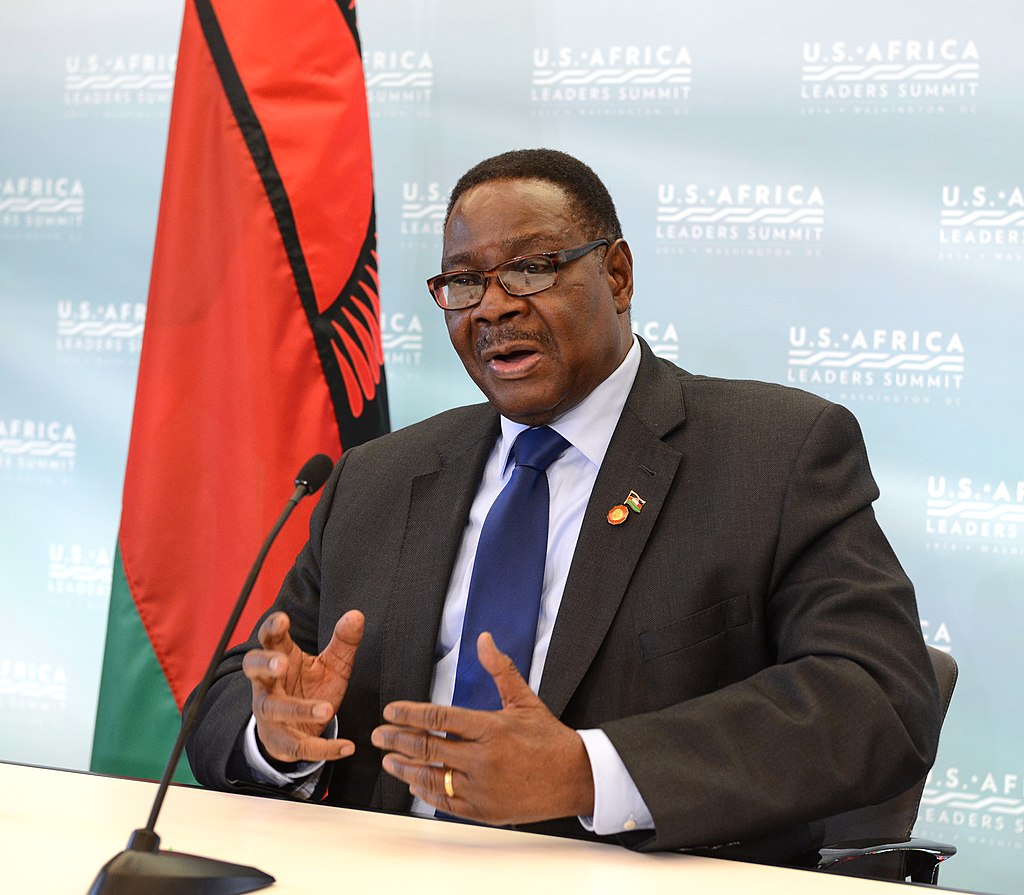Most of us grew up with the same world map hanging in classrooms: Greenland looking the same size as Africa, Russia stretching across half the globe, and Europe sitting prominently in the middle. But those maps, based on the Mercator projection created in the 1500s, are deeply misleading. And in Africa, people are beginning to push back—because how the world sees Africa’s size matters for how it sees Africa’s problems, especially hunger.
The Truth About Africa’s Size
On the maps we know, Greenland and Africa look similar. In reality, Africa is 14 times larger, and even the Democratic Republic of Congo alone is bigger than Greenland. You could fit the United States, China, India, Japan, and all of Europe inside Africa’s borders and still have room left over. Russia may look enormous on a classroom wall, but the continent of Africa is nearly twice as large.
These distortions aren’t harmless. They make Africa appear smaller, less significant, less urgent. And when the world underestimates Africa’s scale, it underestimates the scale of its hunger and food supply crises.
A Movement to Change the Map
This year, the African Union backed the “Correct the Map” campaign, led by groups like Speak Up Africa and Africa No Filter, calling for schools and institutions to replace the Mercator projection with more accurate maps such as the Equal Earth projection. The World Bank has already started the switch.
Campaigners argue that shrinking Africa on paper also shrinks Africa in the world’s imagination. Fara Ndiaye of Speak Up Africa told The Independent that the distortion affects how young Africans see themselves, calling it an issue of “identity, dignity, and representation.” Moky Makura of Africa No Filter went further, calling Mercator “the world’s longest-running misinformation campaign.”
Why Maps Matter for Hunger
Africa is vast, and its hunger challenges are just as vast. Across the Sahel, families face recurring drought. In Central Africa, floods wipe out crops. In East Africa, the long dry seasons leave entire regions dependent on imported grain. Delivering food across such distances—through deserts, mountains, forests, and poor roads—is a logistical nightmare.
When the world sees Africa as small, aid strategies and investments don’t match reality. A food program that looks sufficient on paper often falls far short on the ground. Accurate maps are more than geography: they are a call to resource Africa at the scale it truly demands.
A Continent Too Big to Ignore
Africa’s hunger crisis is one of the largest in the world. More than one in five people here goes without enough to eat, and nearly two-thirds cannot afford a healthy diet. Yet Africa also holds some of the planet’s most fertile farmland, freshwater reserves, and a young population eager to drive agricultural change.
Recognizing Africa’s true size is a first step. Because if the world continues to see Africa as smaller, it will continue to respond with too little.
As Selma Malika Haddadi of the African Union Commission put it: “It might seem to be just a map. In reality, it is not.”
Sources:
